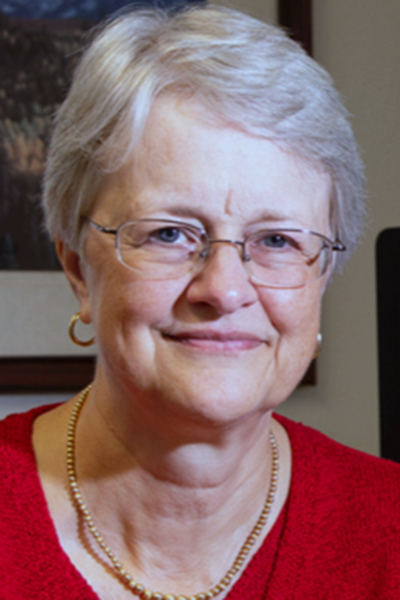
Large prospective cohort studies have provided valuable insights into breast cancer risk at the population level. But broad characteristics such as age, body mass index, type of cancer, age at diagnosis, and progression are just the beginning.
“Incorporating biomarkers can provide important insight into breast cancer etiology and the mechanisms underlying known breast cancer risk factors, and provide improvements in breast cancer predictive models,” said Susan E. Hankinson, ScD, who delivered the 2020 AACR Distinguished Lectureship in Breast Cancer Research during SABCS 20.
Dr. Hankinson is Distinguished Professor of Epidemiology and Associate Dean for Research at the University of Massachusetts.
Researchers worked with the Nurses’ Health Study, a cohort of 121,700 nurses enrolled in 1976 and now in the third generation. Nearly 33,000 participants provided blood samples in 1988 and 1989. About 19,000 provided a second blood sample and a first urine sample ten years later.
Multiple plasma hormones were assessed as potential predictors of risk for breast cancer. Four hormones, estradiol, estrone sulfate, testosterone, and prolactin, showed consistent linear associations with breast cancer.
Women in the top quartile for estradiol and estrone sulfate had a relative risk of about 2.5 for developing breast cancer compared to the bottom quartile. Testosterone levels showed a similar linear association.
The relative risk associated with increasing estradiol levels was similar over the first ten years following collection and over the following decade.
The prolactin association was similar for the first ten years after sample collection, but not over the next ten years, Dr. Hankinson reported. Circulating prolactin levels may need to be collected every decade to assess future risk while a single estradiol level could suffice for at least 20 years.
The next step was to add plasma hormone levels to existing breast cancer risk models. Most models have not included multiple biomarkers, Dr. Hankinson noted, and provide limited discrimination.
Both the GAIL and Rosner-Colditz models are widely used in planning prevention trials and in making clinical decisions about chemoprevention and other risk reduction strategies at the patient level.
A doubling of circulating levels of seven hormones, estrone, estradiol, estrone sulfate, testosterone, DHEAS, SHBG, and prolactin, increased the relative risk of developing breast cancer by 1.33. Stepwise analysis found that a panel of three hormones, estrone sulfate, testosterone, and prolactin, showed the same 1.33 risk ratio.
Adding the three hormones to the standard Rosner-Colditz model for invasive breast cancer increased the area under the curve from 58.9 to 62.3. The same three-hormone panel increased the AUC for ER+ breast cancer from 59.1 to 64.9
Adding a polygenic risk score based on 67 known single nucleotide polymorphisms and mammographic density increased the AUC to 67.4 for invasive breast cancer to 67.8 for ER+ breast cancer.
“Our studies suggest that adding several hormones that are associated with breast cancer risk to existing models can improve breast cancer risk prediction,” Dr. Hankinson said. “Ongoing work is confirming these improvements in multiple prospective cohorts.”
SABCS registrants have exclusive on-demand access to Dr. Hankinson’s lecture and other virtual SABCS programming until March 13, 2021.

